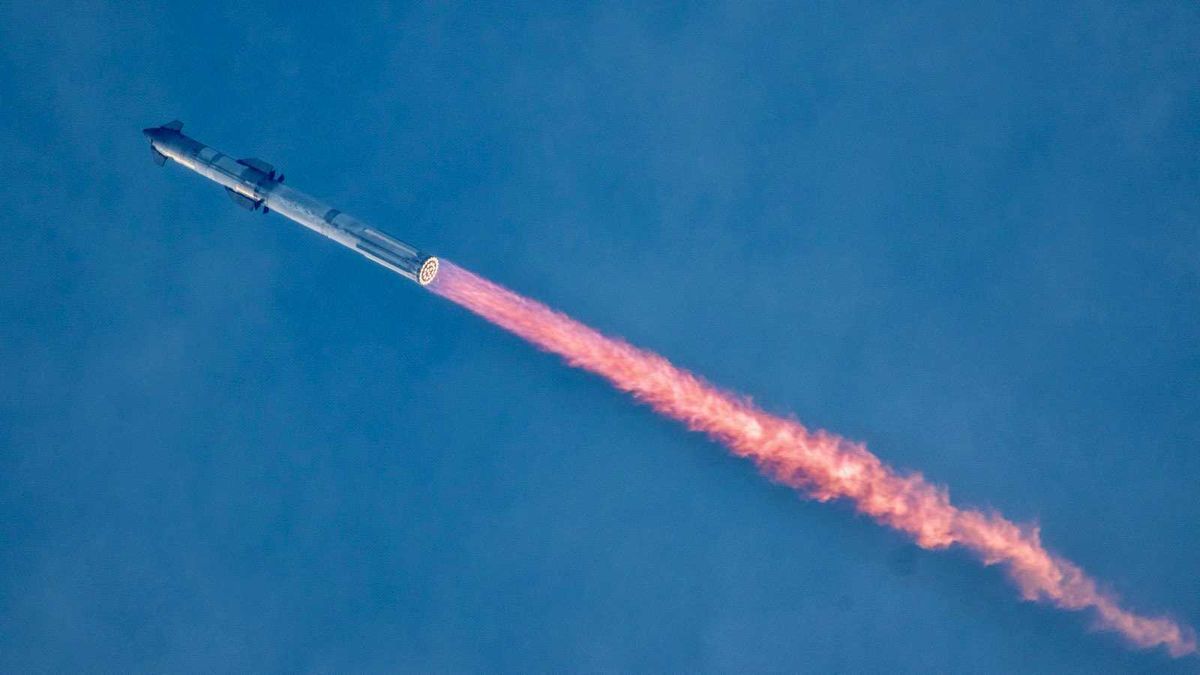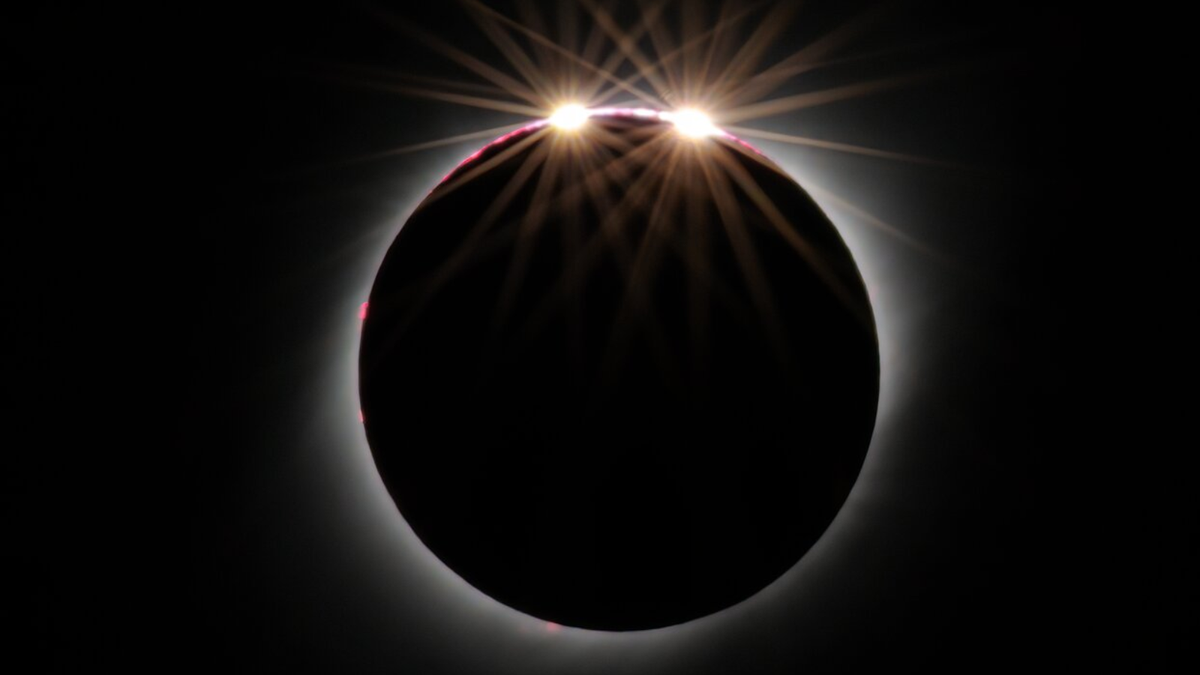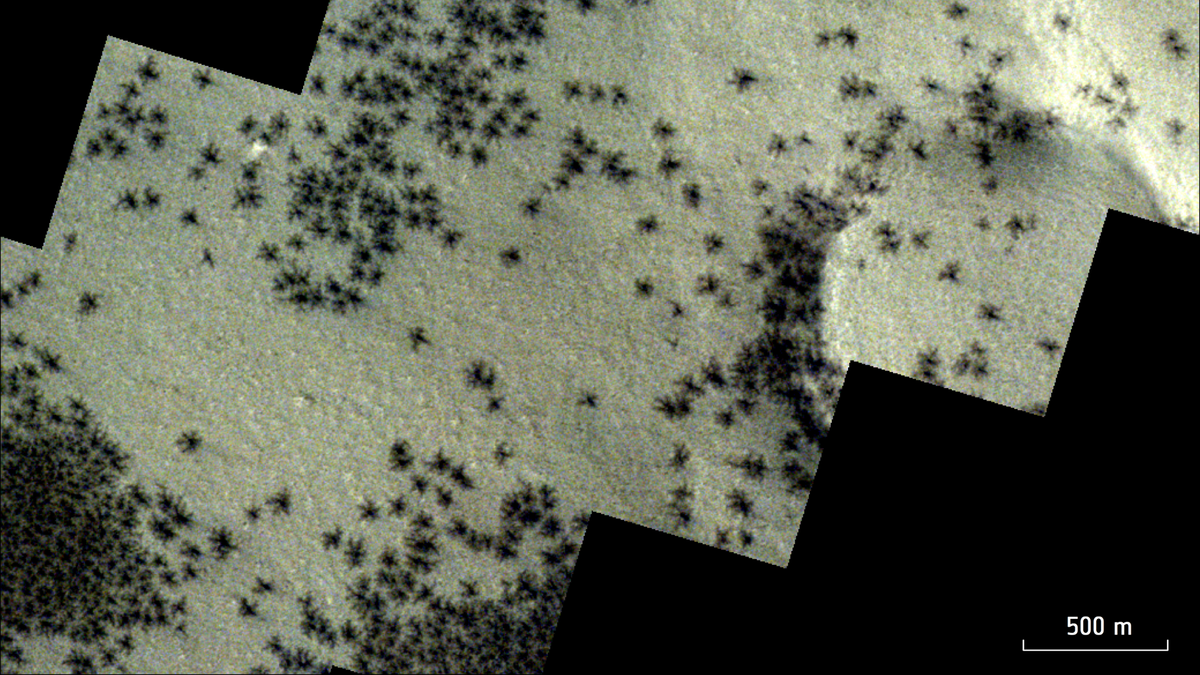A Newly Born Star Reveals Itself to the Universe
The Hubble Space Telescope has captured a fascinating sight in the vast expanse of space – a powerful jet emanating from a cocoon of gas and dust, signaling the birth of a new star and its grand entrance into the cosmos. This remarkable image showcases the infant star breaking free from the nebula that nurtured its creation, offering a glimpse into the awe-inspiring process of stellar formation.
The Youthful Multi-Star System FS Tau
Located approximately 450 light years away from Earth in the Taurus-Auriga region, the FS Tau multi-star system is a beacon of cosmic creation. Within this stellar nursery, dark clouds of gas and dust known as “molecular clouds” serve as the cradle for the genesis of numerous protostars and young stars. Among these celestial wonders, FS Tau stands out as a realm of burgeoning celestial bodies, each with its own unique story to tell.
Previously, astronomers had identified binary infant stars within the FS Tau nebula. Now, a new star, designated FS Tau B, has emerged to join its celestial siblings in the cosmic dance of creation.
The Radiant Glow of Emerging Stars
Both FS Tau B and its fellow infant stars within the stellar nursery are adorned with a luminous veil of gas and dust, remnants of the cosmic materials that birthed them. These illuminated shrouds bear witness to the turbulent yet intricate process of star formation, where gravitational forces sculpt the fabric of the universe into celestial masterpieces.
In the captivating image captured by the Hubble Space Telescope, FS Tau B emerges from the shadows, partially obscured by a dark band of dust. This cosmic veil hints at the presence of a protoplanetary disk encircling the protostar, a cosmic cradle where planets will one day take shape.
The Journey from Protostar to Star
As FS Tau B continues to gather material from its surroundings, it inches closer to the moment when nuclear fusion will ignite within its core, marking the transition from protostar to star. The fiery alchemy of hydrogen into helium will power this celestial beacon, illuminating the cosmos with its radiant glow.
Protostars like FS Tau B are not yet true stars, deriving their brilliance from the heat generated by the collapse of their birth clouds and the accretion of cosmic matter. These celestial infants are known to unleash jets of energetic particles as they evolve, shaping the cosmic landscape with their dynamic presence.
A Glimpse into Cosmic Evolution
As FS Tau B journeys through the phases of stellar evolution, it embodies the transformation from a protostar to a T Tauri star, a celestial entity on the path to main sequence status akin to our own sun. This celestial odyssey serves as a testament to the enduring beauty and complexity of the universe, offering a window into the profound mysteries of cosmic creation.
Image/Photo credit: source url





